The Beatles in India
In early 1968, all four members of The Beatles traveled to northern India to attend a Transcendental Meditation training course with Maharishi Mahesh Yogi. While George Harrison, John Lennon, Paul McCartney and Ringo […]
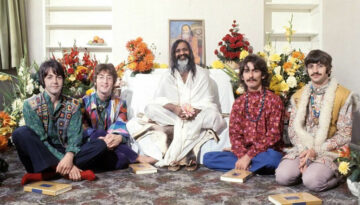
In early 1968, all four members of The Beatles traveled to northern India to attend a Transcendental Meditation training course with Maharishi Mahesh Yogi. While George Harrison, John Lennon, Paul McCartney and Ringo […]
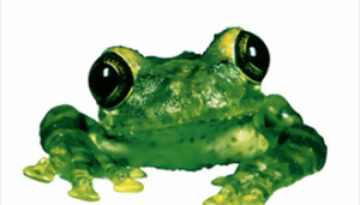
Buy Frogstomp Australian grunge rockers Silverchair launched their recording career when all three members were still teenagers in 1995 with the debut album Frogstomp. The compositions and sound of this record continue the […]
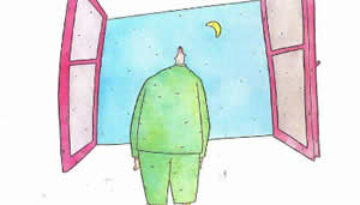
Buy Duke Duke was the tenth overall studio album by Genesis and their second since contracting to a trio. The album is made of twelve songs mainly composed by individual members of the […]
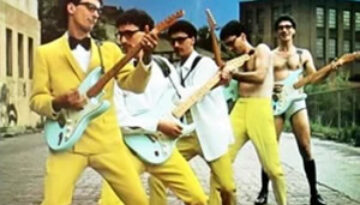
Buy Back On the Streets Released in the summer of 1980, Back on the Streets was the debut solo record by Pittsburgh based artist Donnie Iris. This came after Iris spent more than […]
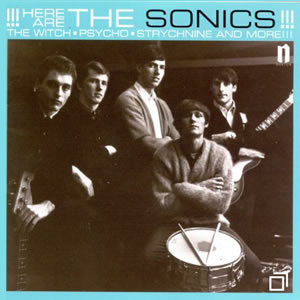
Buy Here Are the Sonics!!! Here Are The Sonics!!! is the 1965 debut album by American garage rock band The Sonics. The record features a dozen songs of the days’ most powerful and […]
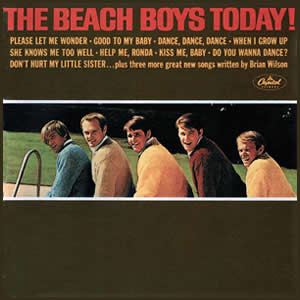
Buy The Beach Boys Today! The Beach Boys Today! was the 1965 eighth overall studio album by The Beach Boys. It marked a subtle shift in production technique and lyrical themes for the […]
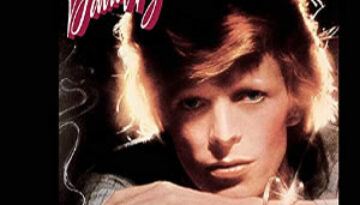
Buy Young Amricans For his ninth studio album, David Bowie decided to move in a radically new direction with the soul and R&B infused 1975 album Young Americans. On this record, which was […]
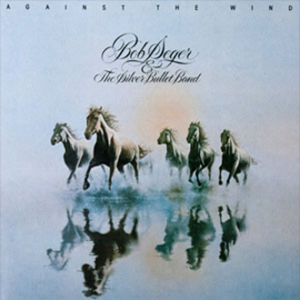
Buy Against the Wind In early 1980, Bob Seger completed his trifecta of commercial smash hit albums with the release of Against the Wind. It was his eleventh overall studio album, the fourth […]
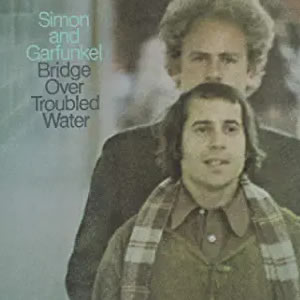
Buy Bridge Over Troubled Water Simon & Garfunkel saved their best for last with the early 1970 release of Bridge over Troubled Water, the fifth studio album by the New York based folk […]
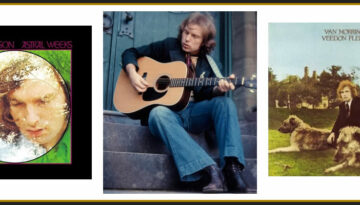
Van Morrison’s Astral Weeks and Veedon Fleece Buy Astral Weeks Buy Veedon Fleece This article was provided by Mike Fishman, who has written about Van Morrison for the Mystic Avenue blog and writes […]